I’ve written a book – how can I get it published?
The ambition to write a book is a strong one in many of us. Writing a book, of course, isn’t as easy as wanting to do it and it takes many hours of thinking and writing time to actually create your magnum opus.
But supposing you have committed to all that hard work and created a draft book. How can you get it out into the world?
Over the last twenty years or so, the world of publishing has changed beyond anyone’s imagining. Once, long ago, you either used a professional publisher to get your book out there, or you paid for a print run yourself and lived with boxes of books while you worked to sell it. Now, things have opened up offering far more options for you to choose from. They break down into three major types of publishing:
Traditional Publishing – having a publisher who does it all
‘Traditional’ publishing deals follow the model of old. They choose to publish your book and you assign your rights to them for an agreed period of time. They then handle the editing, design and typesetting, printing and marketing. They cover all the costs and they take all the profits from the book sale, while you receive a royalty from sales (typically 10% of net book price[1]).
The advantage of this is that you have all their experience to draw on and, because they have covered all the costs, will be fully committed to making the book a success.
The downside is that you will need to meet the obligations laid out in the marketing plan (for example, social media postings, book signings and public appearances) which can be demanding and time consuming.
The biggest drawback, however, is that finding a transitional publisher can be very difficult. The market is very competitive so they can be choosy who they take on. These days, many won’t even look at manuscripts not sent to them via an agent. Even if they will look at unsolicited submissions your proposal will need to show really clearly how they will make money from your book, so you’ll need to include information on your social media followings, upcoming events and appearances and any other opportunities to sell copies of your book.
Self-publishing – be your own publisher
At the other end of the spectrum, there is self-publishing. When I first started self-publishing my own books, it was quite a new thing, but over the last 20 years it has become a major market, thanks to short print run technology which makes it possible to operate an ‘on-demand’ model.
There are a few self-publishers around including KDP, which is owned by Amazon. At Creative Words we usually recommend Lulu because the print quality and options are much better.
The amazing thing about on-demand publisher is how incredibly cheap it is to get everything set up. You have to create the formatted document, but they provide Word templates in the right page size and all you need to do is copy in your text, save it as a PDF and then upload it (checking it first, of course, to be sure it looks right on the page). Then you generate the cover, for which there is an online wizard, and then their system creates a print-ready cover. You can also get your ISBN from them so you can distribute via online booksellers. And how much has this cost so far?
Nothing! Not a penny needs to change hands up to now. Even the ISBN is free. So, when DO you have to pay?
When someone buys a book. Every time someone buys a book, the publisher takes the cost of the book plus a commission, and anything else is your royalty. You don’t have to spend anything in set up and, if you are good at selling your books, they send YOU money.
If you want an editor, a proofreader, a marketing package, a designer… most of the publishing companies will provide these for a price, and this is where they, as a business, make their money.
Self-publishing gives you complete control over your book – you can even change it as often as you like – and the proportion of royalties you receive is higher than for a traditionally published book.
The big downsides are time – you have to do everything yourself – and visibility. Marketing a book is at least as hard as writing it, so if you want people to buy your book you are going to need to put more time and effort into making people aware of it.
Partnership publishing – the bit in the middle
If you think of traditional publishing at one end of a spectrum, and self-publishing at the other, then partnership publishing, sometimes known as hybrid publishing, sits in between them.
The model is simple. You pay a proportion of the costs, and the publisher pays a proportion of the costs. The advantage is that they are much more likely to want to publish a book than a traditional published and they will do the work for you. So, you have access to their expertise as a publisher, and their costs will include some of the design and typesetting work.
Every partnership publisher will be slightly different, so when you are looking at which ones to consider, making sure you understand what is covered within the package. Some will include, for example, a professional proofread, while others will not. In some cases, the cost of publication doesn’t include marketing, but I do know a couple of partnership publishers where there is a marketing element as part of the basic package and many others have it as an add-on. Their packages will include distribution and handle all of the listing of your books with retailers. If they are handling the distribution, you will then get royalties for every copy of the book, sold usually somewhere in the region of 40% so much better than with a traditional publisher. But of course, you have had to cover some of the costs. The most important thing to remember is to carefully review what is included in the package and what it is expected of you in the process.
Remember that partnership publishers are businesses. They want to make money and therefore you need to make sure that their philosophy includes the success of your book, and not just to make money for themselves. Read the contract carefully in many cases, the rights of the book, belong to the publisher for a period of time. That means if you do other things with the book, create an audible version, for example, they would be entitled to have some of those royalties back.
And finally, don’t be fooled by publishers who simply print your book and ship a box to you for you to sell. This is the vanity publishing rather than hybrid – proceed with caution!
So which type is right for me?
Having explained these three types it now comes down to you to work out which is best. If your book contains groundbreaking content and you have a large following it is definitely worth writing a book proposal and seeing if traditional publishers are interested. If you wrote your book simply because you want your story to be recorded, and you have limited budget, self-publishing might be your best option. If your time is limited, and you want somebody else to take care of everything for you as well as more of a say in the process, then take a look at partnership publishing.
If you’re still on the fence and don’t know which type of publishing is best for you, get in touch with us today and arrange a free conversation to find out which might be your best option.
[1] The price the book is listed at, less distribution costs.

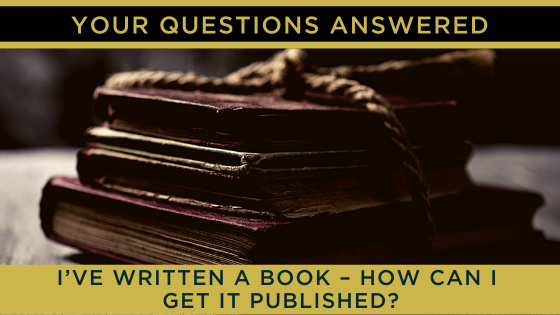
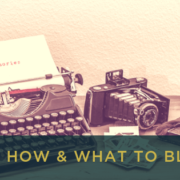


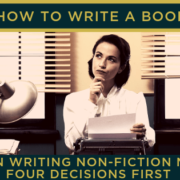
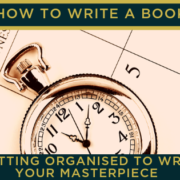
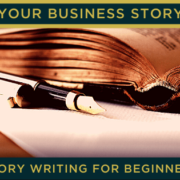

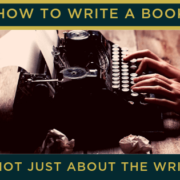
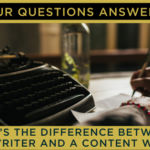
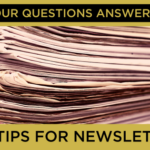
Leave a Reply
Want to join the discussion?Feel free to contribute!